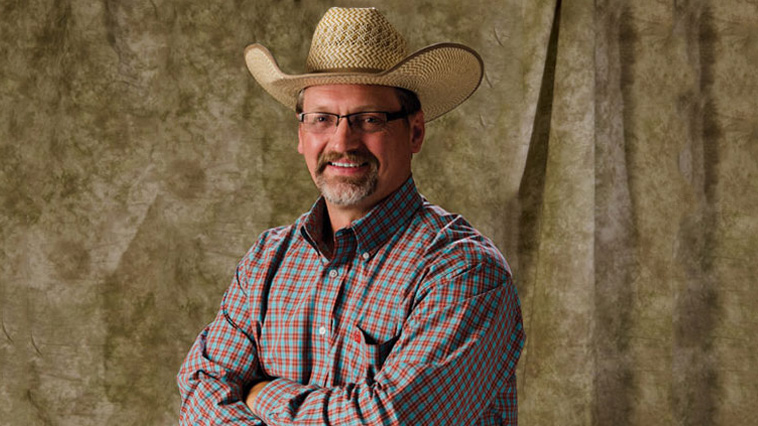


For Want of a Hat Rack
By Billy Smith
There have always been rules for wearing cowboy hats. Serious rules. Rules passed on through the bulwarks of generations and enforced by appropriately placed smacks to the back of the noggin from father to son. Unfortunately for cowboy hat wearers, the rules aren’t standardized, not etched in stone or branded into palm leaves. Keeping whatever rules you follow have been complicated for want of a hat rack.
In case you missed out on appropriate hat-wearing upbringing, I’ve summarized the when-to-wear basics for you online at mychromelife.com/web-exclusives.
For me, the rules of hat wearing indelibly link to my father. His spectral memory rests on my shoulder, barking the rules of a whole cascade of proper behavior. The rules have congealed tomuscle memory. Poor hat etiquette, to him, was a gross form of disrespect to those who most certainly deserved respect. But the closest trigger for an anxiety attack for me is the absence of a hat rack. My dad didn’t explain that to me, and I don’t think I’m alone on this one. Like Mike Tyson’s perfectly articulated one liner, “Everyone has a plan until they get punched in the mouth.” Likewise, following the rules of haberdashery is an easy plan until there’s no hat rack. It’s a punch in the mouth. And with the dawdling deterioration of hat racks from public places, it’s a quietly stressful pandemic of human etiquette.
Many hat-wearing rules have evolved since the days of the Old West, taking more codified characters during the 1920s when almost every man wore a hat of some type. Almost every indoor establishment offered a bay of hat racks to accommodate the wave of hats. Not anymore. It’s created a conundrum for the cowboys that I know, who are almost unrecognizable without their headgear. Now, sacrifices are in order. You can wear your hat in direct conflict with conventional rules. Take notice of how many men now dine in hats. I don’t usually, but I’ve started insisting on an extra chair just for my hat.
I attend a few—very few—events each year where thoughtful-minded planners deploy a few eight-foot tables to accommodate the certainty of a sea of cowboy hats making their way into the event. It’s hard to turn your nose up to a sea of felts. Even a non-hat-wearing friend of mine commented at one of these events his own fear of hat-wearers picking up the wrong hat on theirway out. That might happen, I said, but heads are like fingerprints—they’re all different. A genuine hat–wearer instantly knows the presence of a misfit hat. More importantly, they know not to touch someone else’s hat without permission.
Americans once celebrated Straw Hat Days, which required that a felt hat replace the straw hat on September 15. September 15 still works well for a transition from straw to felt, but the timeline’s become a little more fluid when it comes to figuring out when to hang your felt for your straw. Felt between Labor Day and May is still a solid schedule, but it’s often transitioned to the day in which one’s head begins to sweat, a variability governed by where one lives. If it can still snow in May or June, then felts seem to linger. If May or June create the meandering sweat stain, then straws might make an appearance as early as March.
There was a time when the wearing of felt hats after September 15 could get you slugged. “The 15th falls on a Tuesday next and after that mystic notch in the calendar has been passed, men may continue to wear straw hats at their peril,” reported the New York Times in 1925. Among cowboys, for whom fighting was reserved for more important matters, wearing straws past September 15 would either identify you as a drug-store cowboy or a virulent idiot. You’d get a glance, but probably not a punch in the nose.
I guess if you didn’t have cows to doctor back in the 1920s, you did stupid things like take it upon yourself to grab someone’s straw, punch the crown out and hang it from a street pole for all to be warned. I can’t imagine that a cowboy—even a virulent idiot cowboy—allowing such chicanery at a feedlot, rodeo or some other gathering.
In 1922, New York City folks reached something close to hat-smashing mayhem that ended in a bonfire of straw hats. Probably, I like to think, for want of a hat rack.